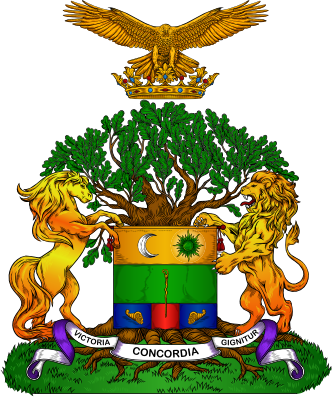A Direct Link Between Farmers and Consumers Will Not Solve Global Food Supply Chain Challenges

Why Do US and UK Investors Doubt That This Solution Will Work Out?
In recent years, the food supply chain has been thrust into the limelight, primarily due to its increasing complexity and the myriad challenges it faces. Historically, food supply chains were simpler and more localized. However, the growth of globalization has extended these chains, spanning continents and involving countless stakeholders. This vastness has brought tremendous profitability, but it’s also paved the way for a matrix of complications.
Worldwide disruptions and political skirmishes have accentuated pre-existing issues. Added to this mix are other concerns like traceability, quality assurance, and the realization that regions like Tunisia had severe shortages of staples such as rice, coffee, and sugar due to inefficient reallocation systems. These issues aren’t merely logistical but have vast humanitarian implications, affecting the daily lives of millions.
Given these problems, industry experts have proposed various solutions. A prominent suggestion is the creation of a direct link between farmers and consumers. This concept was notably highlighted at a recent Agro Investment Forum. While the proposal seems simple and effective, does it genuinely address the multi-faceted issues at hand?
Delmar Ropp, Founder of Signature Agriculture Investments in the US, has voiced his reservations. He noted that the emerging trend of small farms processing and marketing their goods directly to consumers is a direct response to the COVID pandemic’s disruptions. However, Ropp argues that for a majority, especially family farms, a more effective strategy might be to sell post-processed products directly to larger markets. This approach could potentially strike a balance, ensuring profitability and market reach.
Concurrently, Jos Boeren, Head of Agriculture & Food Investments in France, presents a more global perspective. He concedes that direct links could be effective for specific goods and within certain geographies. However, when zooming out to view the entire canvas, the picture changes. Given the ebb and flow of global food supply and demand, solutions need to be comprehensive. Boeren believes that to truly address supply chain challenges, farmers must recalibrate, focusing on scalability, cost-efficiency, and long-term sustainability.
Peyton Bowman, Co-founder at Delta Conservation noted that, “Without addressing the foundational challenges like rising costs and fragile ecosystems, a direct link might only be a temporary solution.” This statement echoes concerns from various quarters suggesting that while the direct connection might be an innovative idea, it might not address the root of the problem.
Nagaraja Prakasam, Partner at Acumen Fund mentioned, “Merely selling produce isn’t the solution; we must equip our farmers with innovative tools and knowledge to ensure their produce is both valuable and sustainable.” His sentiment reflects the need to bolster the farming community with tools and information that go beyond just creating direct selling avenues.
Recent academic research lends weight to these expert opinions. A study in the Ecological Economics Journal delved into the impact of farmer-consumer links. The results, while optimistic in parts, pointed out that such connections might boost farmer incomes but don’t significantly reduce food waste or transportation emissions. This suggests that while certain challenges can be addressed by direct links, many others remain untouched.
Similarly, a study from the Harvard Business Review compared traditional supply chains to direct links. Their conclusion was that size and scale remain paramount. Larger, well-established chains have developed mechanisms over time that allow them to handle disruptions and shocks more effectively than individual farmers or smaller chains.
Another factor worth considering is consumer behavior and preferences. In a world where convenience is king, can direct links offer the ease of access and variety that large supermarkets and online grocery platforms provide? While there’s a segment of consumers keen on sourcing their food directly for reasons like freshness and traceability, many prefer the convenience and variety that larger chains offer.
In essence, while the idea of creating direct links between farmers and consumers offers promise, it isn’t a one-size-fits-all solution. The food supply chain’s challenges are diverse, requiring a multi-pronged approach. Stakeholders need to amalgamate various solutions, always keeping an eye on global trends, technological advancements, and ever-evolving consumer preferences.





